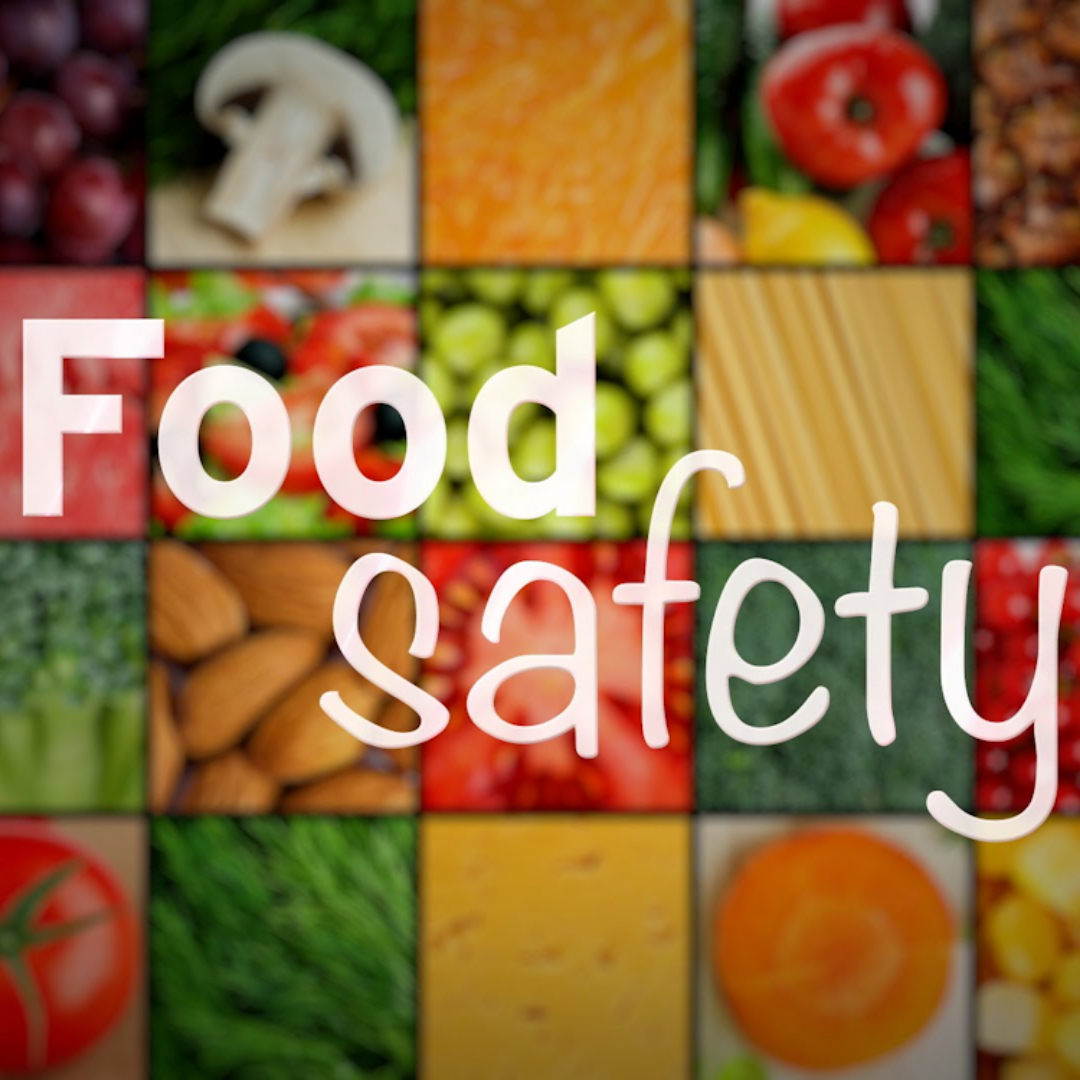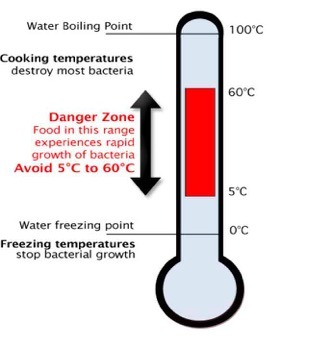Food safety in the home

With all the media attention garnered by recent food safety issues, it’s easy to forget that food poisoning can occur in the home, too.
Food manufacturers, supermarkets and restaurants must comply with Australian food safety laws to ensure the food they provide is free of contamination and safe to eat.
However once you have purchased food and taken it home, it’s up to you to keep it safe to eat by storing, preparing and cooking food properly. Here’s how you can help reduce your risk of food poisoning at home;
It starts at the shops
- Check the use by date on all packaged foods before purchasing
- Avoid damaged or dinted cans and containers
- Avoid eggs with cracks in them
- Buy hot and cold items at the end of your grocery shop, to minimise significant temperature change
Safe storage
- Cans often don’t have a use-by date, but they do have a manufacture date. Canned foods usually have a shelf life of over 2 years, so just make sure you put newer cans at the back of the pantry, and have a good pantry clean-out once a year
- Check the storage directions; foods may be shelf-stable until they are opened, after which they must be stored in the fridge
Be careful when cooking and preparing
- Always thaw frozen food in the fridge or microwave
- Rinse raw fruit and vegetables with clean water before consuming
- Don’t use the same equipment/utensils for raw foods and ready-to-eat foods without cleaning them thoroughly
- Bacteria can grow quickly when food is in the “temperature danger zone”, which between 5°C – 60°C. It’s important to cook most foods to above 75°C, and when cooling foods, wait until the steam has stopped rising, then immediately cover and refrigerate.

Image courtesy of Food Safety Information Council
And it always pays to remember- if in doubt, throw it out!
Check out the Food Safety Information Council webpage for more information on how to minimise your risk of food poisoning at home.
Rachael Thompson
Yakult Dietitian APD
